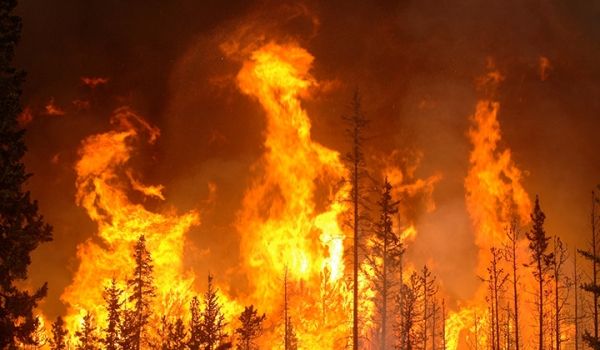In light of the Australian fires, scientists from the University of East Anglia (UEA), Met Office Hadley Centre, University of Exeter, Imperial College London, and CSIRO Oceans and Atmosphere, have conducted a Rapid Response Review of 57 peer-reviewed papers published since the IPCC's Fifth Assessment Report in 2013.
All the studies show links between climate change and increased frequency or severity of fire weather - periods with a high fire risk due to a combination of high temperatures, low humidity, low rainfall and often high winds - though some note anomalies in a few regions.
Rising global temperatures, more frequent heatwaves and associated droughts in some regions increase the likelihood of wildfires by stimulating hot and dry conditions, promoting fire weather, which can be used as an overall measure of the impact of climate change on the risk of fires occurring.
Observational data shows that fire weather seasons have lengthened across approximately 25 per cent of the Earth’s vegetated surface, resulting in about a 20 per cent increase in global mean length of the fire weather season.
Continue reading at University of East Anglia
Image via University of East Anglia


